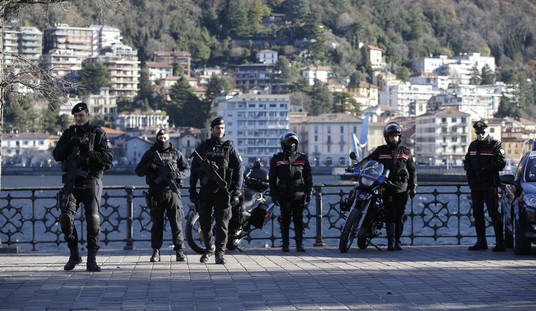When people think about border security, they often think about walls, vehicle barriers, U.S. Customs and Border Protection (CBP), and video cameras. What is often not thought about, but is still vital for agents to secure the border, are roads.
Paved roads are a common feature throughout the U.S., along with those darn potholes, and are something we take for granted, but not the agents who are tasked with responding to border incursions.
In each of the CBP sectors I visited for Townhall, all agents I spoke with highlighted the importance of having something as simple as a road. It's also a reason why CBP agents want more walls along the border since construction workers need roads to get their material and vehicles to the area to build.
The reason for CBP agents' high regard for roads is simple, while it is half the battle to spot someone trying to illegally cross the U.S.-Mexico border, the other half is simply trying to get to the area the border crossers are in to take them into custody.


(Road running parallel to border wall in the El Paso Sector)
Recommended
The El Paso Sector recently had roads built in previous areas where it was almost impossible to drive through without getting vehicles stuck in the deep sand or steep hills.

(The road that runs in between the two walls in the San Diego Sector.)
The San Diego Sector had roads installed in an area nicknamed "Smuggler's Gulch," making it a lot safer for agents to respond to in the deep valley. In most areas of the sector, border agents enjoy having a road in between the two border walls, cutting down their response time to border incursions.
U.S. Border Patrol spokesman Theron Francisco said roads are a vital part to their multifaceted approach for securing the border, along with light posts, camera towers, and underground sensors.
























